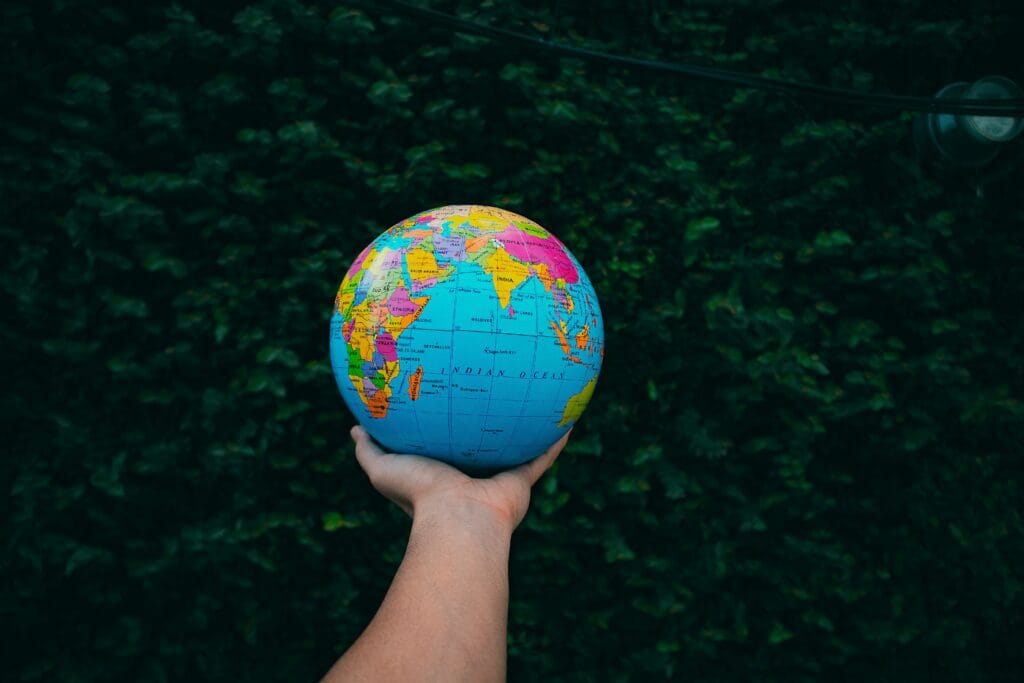In today’s interconnected world, families are more culturally diverse than ever before. As global mobility increases and digital communication connects us beyond borders, our homes become places where different traditions, values, and lifestyles intersect. Whether you’re raising a family rooted in a single culture or navigating a multicultural household, embracing cultural diversity in your daily life can bring immense value to your children’s growth and understanding of the world.
This article explores why cultural diversity matters in parenting and offers practical strategies to raise globally conscious children with empathy and awareness.

The Value of Cultural Awareness at Home
Culture isn’t just about language or food—it’s about how people view life, relationships, responsibilities, and traditions. When children are raised in an environment that celebrates cultural differences, they grow up with a broader perspective of humanity. They are more likely to develop:
Empathy for people with different life experiences
Confidence in their own identity, especially in multicultural households
Open-mindedness, which is essential in increasingly diverse classrooms, workplaces, and communities
Fostering cultural awareness helps children learn that differences are not threats—they’re opportunities for learning, connection, and respect.
Practical Ways to Introduce Cultural Diversity to Kids
It’s never too early (or too late) to bring cultural awareness into your home. Here are several accessible ways to do it:
1. Read Stories from Around the World
One of the most powerful ways to open a child’s mind is through storytelling. Books introduce children to characters from different backgrounds, exposing them to traditions, challenges, and perspectives they may not encounter in their immediate environment.
Look for books that include folktales, contemporary stories, or biographies from a variety of cultures. Reading these stories together opens the door to meaningful conversations.
2. Cook International Meals

Food is a gateway to culture. Choose a different country each month and prepare a traditional dish as a family. Involve your children in the process—let them read recipes, pick ingredients, and learn the significance behind the meal.
Cooking together doesn’t just teach children about another culture; it also promotes teamwork, patience, and appreciation for different ways of life.
3. Celebrate Cultural Holidays
Participating in cultural festivals or celebrating international holidays at home is another great way to build appreciation for different traditions. Whether it’s Chinese New Year, Holi, Ramadan, or Day of the Dead, each celebration has rich stories and values that can teach kids about love, family, gratitude, and resilience.
You don’t need to be part of a specific community to respectfully celebrate their traditions. The key is to approach each celebration with curiosity, respect, and a willingness to learn. As a child growing up I took part in Diwali celebrations every year, and for several years Chinese New Year as well. These were such fun celebrations and taught me a great deal.
Raising Globally Aware Children
In a world where diversity is the norm, raising children to think globally gives them tools to succeed socially and professionally. Global awareness helps children:
- Understand complex global issues such as climate change, migration, and social justice
- Communicate respectfully with people from diverse backgrounds
- Become adaptable and curious thinkers
Here’s how parents can help their children become global citizens:
Encourage Questions and Exploration
Children are naturally curious. When they ask questions about differences they observe—such as language, clothing, or customs—respond with openness. Encourage their curiosity rather than shutting it down.
Provide Real-World Exposure
If possible, travel with your children to different regions or attend cultural events in your city. Even visiting a museum, eating at an ethnic restaurant, or attending a local cultural fair can spark new interests.
Make Use of Technology

Today’s children are digital natives. Use this to your advantage by introducing them to online platforms, documentaries, music, and virtual tours that offer a glimpse into different cultures. For instance, you can explore more about cultural perspectives here to gain broader insights into global customs and values.
Managing Cultural Differences in Multicultural Families
Multicultural families offer rich learning experiences, but they can also face challenges—especially when values, traditions, or parenting styles differ between cultures. Here are a few ways to manage cultural differences at home:
1. Balance and Blend Traditions
You don’t need to choose one culture over another. Instead, create new family traditions that incorporate aspects of both. For example, if one parent’s culture celebrates New Year in March and the other in January, consider celebrating both. Children appreciate the effort to honor both sides of their heritage.
2. Open Dialogue
Talk openly about your cultural backgrounds, childhood experiences, and values. Let your children see how differences can coexist and how compromise works in real life.
3. Family Meetings and Storytelling
Regular family meetings or storytelling nights are excellent opportunities to pass down cultural knowledge. Sharing childhood stories from each parent’s country, playing traditional games, or watching family videos can keep heritage alive and relevant.
Teaching Respect for All Cultures
Teaching your children to respect all cultures is not just about learning—it’s about unlearning stereotypes and recognising the impact of discrimination.
Don’t Avoid Difficult Topics
Even young children can understand basic concepts of fairness and justice. Use age-appropriate language to explain things like racism, prejudice, and privilege. Books, shows, and even current events can be great conversation starters.
Model Inclusive Behavior
Children imitate what they see. Make sure they observe you treating everyone with respect, speaking positively about other cultures, and being curious rather than judgmental.
Avoid Tokenism
It’s easy to fall into the trap of celebrating cultural diversity through one-off events or superficial gestures. Instead, aim for sustained learning throughout the year. Celebrate, question, and discuss diversity as part of daily life.
Digital Tools for Cultural Learning
Incorporating digital tools can greatly enrich a child’s cultural education. Here are a few suggestions:
- YouTube Channels for kids that highlight daily life around the world
- Virtual museum tours that allow children to explore global art and history
- Language learning apps like Duolingo to practice new languages as a family
- Interactive websites that focus on global education and storytelling
Websites that feature cultural insights, regional practices, and lifestyle content from around the world can also be eye-opening. For families looking to broaden their cultural understanding, online resources that highlight lesser-known customs and social practices in the Middle East, Asia, and Africa can be particularly valuable.
Long-Term Benefits of Cultural Awareness

Raising culturally aware children is not just a feel-good initiative—it has measurable benefits:
- Social skills: Children who understand different viewpoints interact better with peers
- Academic success: Cultural exposure enhances cognitive flexibility and learning capacity
- Career readiness: Employers increasingly value cross-cultural competence and communication
- Mental resilience: Understanding the world’s complexity builds emotional intelligence
Most importantly, culturally conscious children grow into adults who are compassionate, informed, and empowered to make a difference in their communities and beyond.
Final Thoughts
As parents, we shape how our children see and interact with the world. By embracing cultural diversity at home, we teach them that the world is vast, vibrant, and full of beautiful differences that deserve respect and celebration.
From daily routines to meaningful traditions, every family has the opportunity to create an inclusive environment that honors all cultures. Whether through food, stories, travel, or digital learning, each small effort adds up to a broader worldview.
Let’s raise a generation that doesn’t just tolerate diversity but embraces it with open hearts and curious minds. In doing so, we not only enrich their childhood—we equip them to be responsible, empathetic global citizens.

